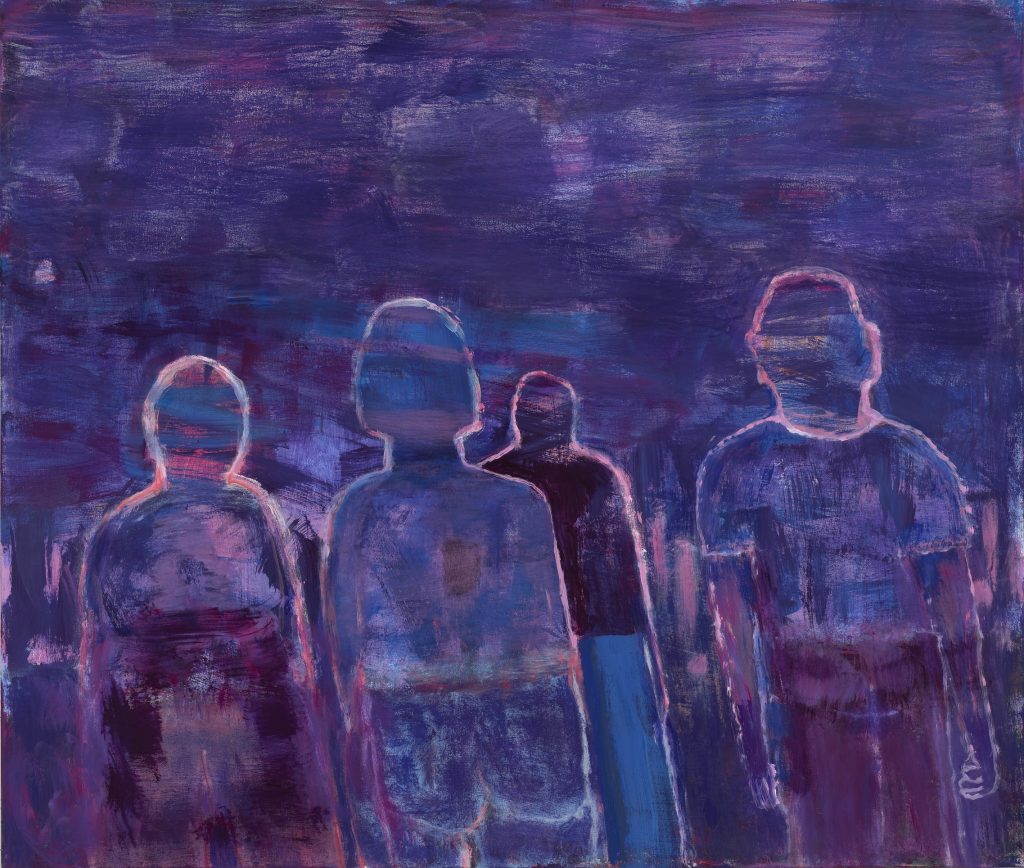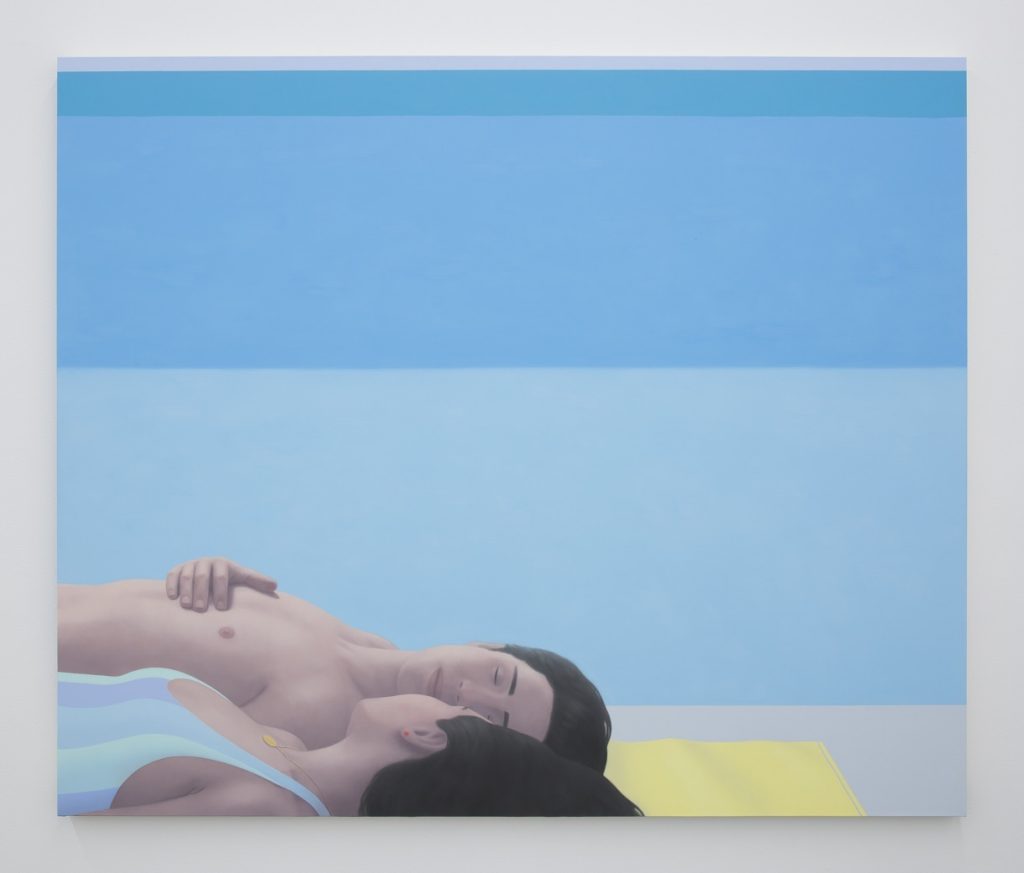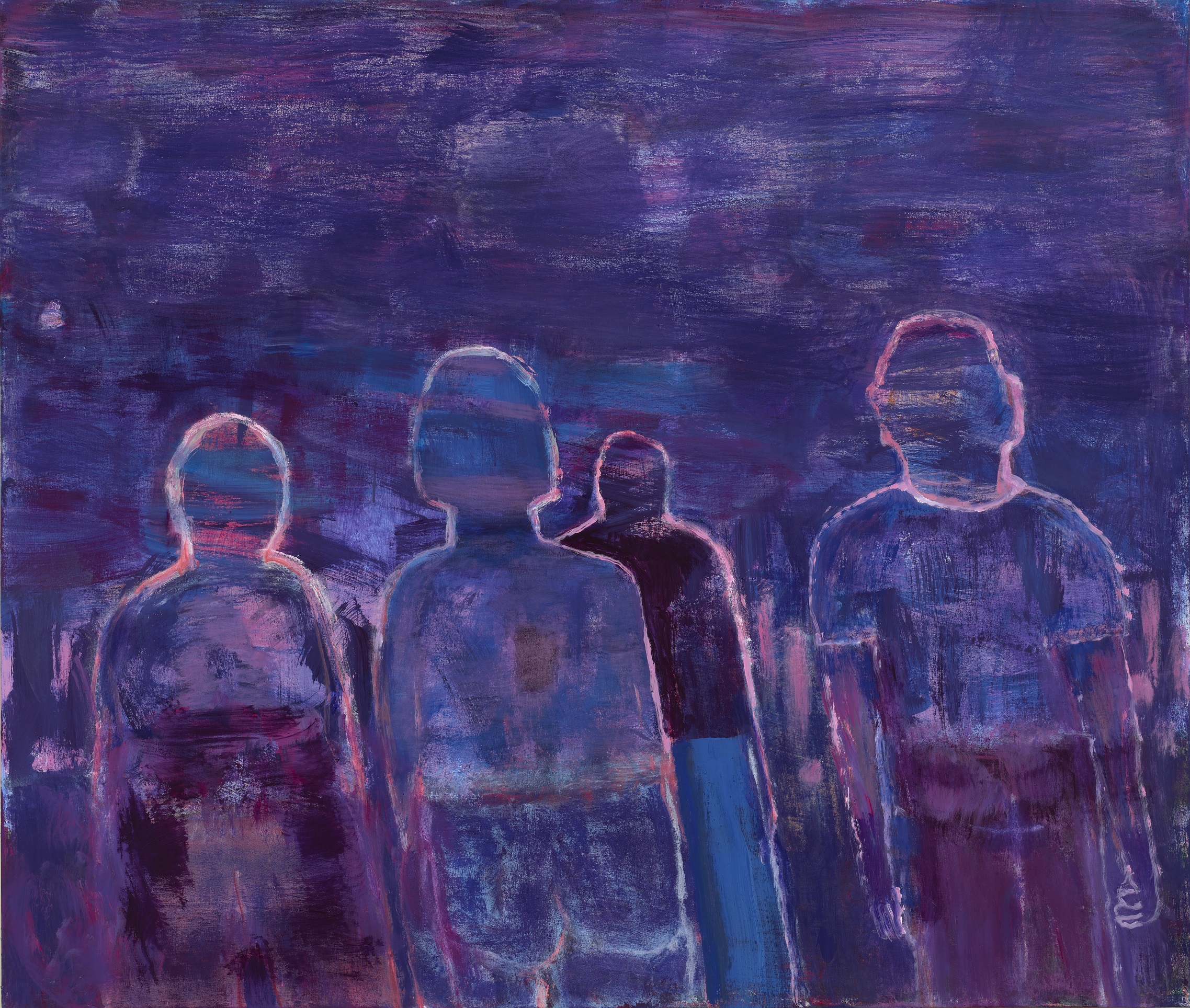In art history, as in most academic disciplines, we divide ourselves into a dizzying array of subfields, from experts in ancient Greek pottery to Qing-era Chinese painting to Mayan architecture and far beyond. My own expertise is in nineteenth century American art. The artists I study, for better and worse, are all long dead. New artworks and other source materials come to light, and interpretations certainly change, but there is a sense in which the artists I have studied most closely are fixed. They will create no new works, issue no new writings, make no new proclamations on their work. I study them historically, seeking to understand the ways in which they shaped, reflected, and were shaped by the times in which they lived, as well as the ways in which their work has continued to be relevant to succeeding generations. Contemporary art is something different.
Contemporary artists tend to still be around, making new works, giving new interviews, and otherwise staking their own claims to their work’s meanings and interpretations. This is one of the things that makes the contemporary art world so exciting—there is always something new, fresh, and interesting to look at, to think about. But it also changes the terms of scholarly work somewhat. The ground, which feels relatively stable in historical work, is always shifting in the current moment. One of the things that really attracted me about the American Art Research Fellowship was the Alfond Collection of Contemporary Art, the extraordinary ongoing collecting effort by Barbara ’68 and Theodore ’68 Alfond, which is bringing new works to the CFAM collection on a nearly continuous basis. I knew it would be an opportunity to expand my horizons, and to apply my skills and interests to artworks which I might previously have enjoyed as an art lover, but never thought about as a scholar.

Recently I have had the opportunity to conduct research into some of these new acquisitions, and I would like to focus today’s blog on two of them. Both works were created in 2019, by living painters who split their time between New York and elsewhere. An examination of these two works of art shows, right off the bat, the broad range of expression in contemporary figurative painting. The poet and critic John Yau has noted this broad range, which seems possible in part because painting has lost the dominant artistic status it had enjoyed since the rise of the first avant-garde movements in the middle of the nineteenth century. Freed from the necessity of fitting in with a culturally dominant movement, like Impressionism or Abstract Expressionism, painters can explore a little.1 Bradford, the elder of the two painters by over thirty years, uses acrylic paints built up, layer after layer, to create luminous visions of people standing under the night sky. They are delineated by thin, sketchy bands of white paint which frequently fail to contain the splotches and swoops of color which characterize both the people and their surroundings. Howard, on the other hand, is characterized by a hard-edged cool, his glamorous but anonymous figures lounging by a pool under a serene, crystalline sky.

Despite their difference in age, gender, and style, both artists are firmly a part of the contemporary art world, represented by galleries in New York. Bradford splits her time between there and her longtime home of Maine, while Atlanta native Howard shuttles between New York and Athens, Georgia.2 Both artists are also active and incisive commentators on their work, giving interviews in which they explain their influences and working methods. Bradford characterizes herself as a “mark maker” first and foremost, frequently loading a brush with paint and placing it against the canvas without being sure what will result. This process is clear from looking at Night Watch, in which her broad brush strokes overlap, intermingle, and otherwise show the results of this spontaneous process.3 Howard takes a much more orderly approach, spending hours at a time precisely mixing his colors, a practice he learned while employed as a studio assistant for Jeff Koons.4
There is much more that I might say about both artists, and hopefully we will all get a chance to see them hanging in the Alfond Inn soon. In the meantime, I am happy to have taken some time to look closely at these two artists and their work.
1 John Yau, “No More Garden Variety Avant-Garde Has-Beens,” Hyperallergic, April 22, 2012.
2 Nick Stillman, “Katherine Bradford,” Artforum International, October 2013, Gale General OneFile. Scott Indrisek, “Ridley Howard’s Voyeur View,” Garage (blog), September 29, 2019.
3 Jennifer Samet, “Beer with a Painter: Katherine Bradford,” Hyperallergic, September 17, 2016.
4 Jennifer Samet, “Beer with a Painter: Ridley Howard,” Hyperallergic, July 2, 2016.

